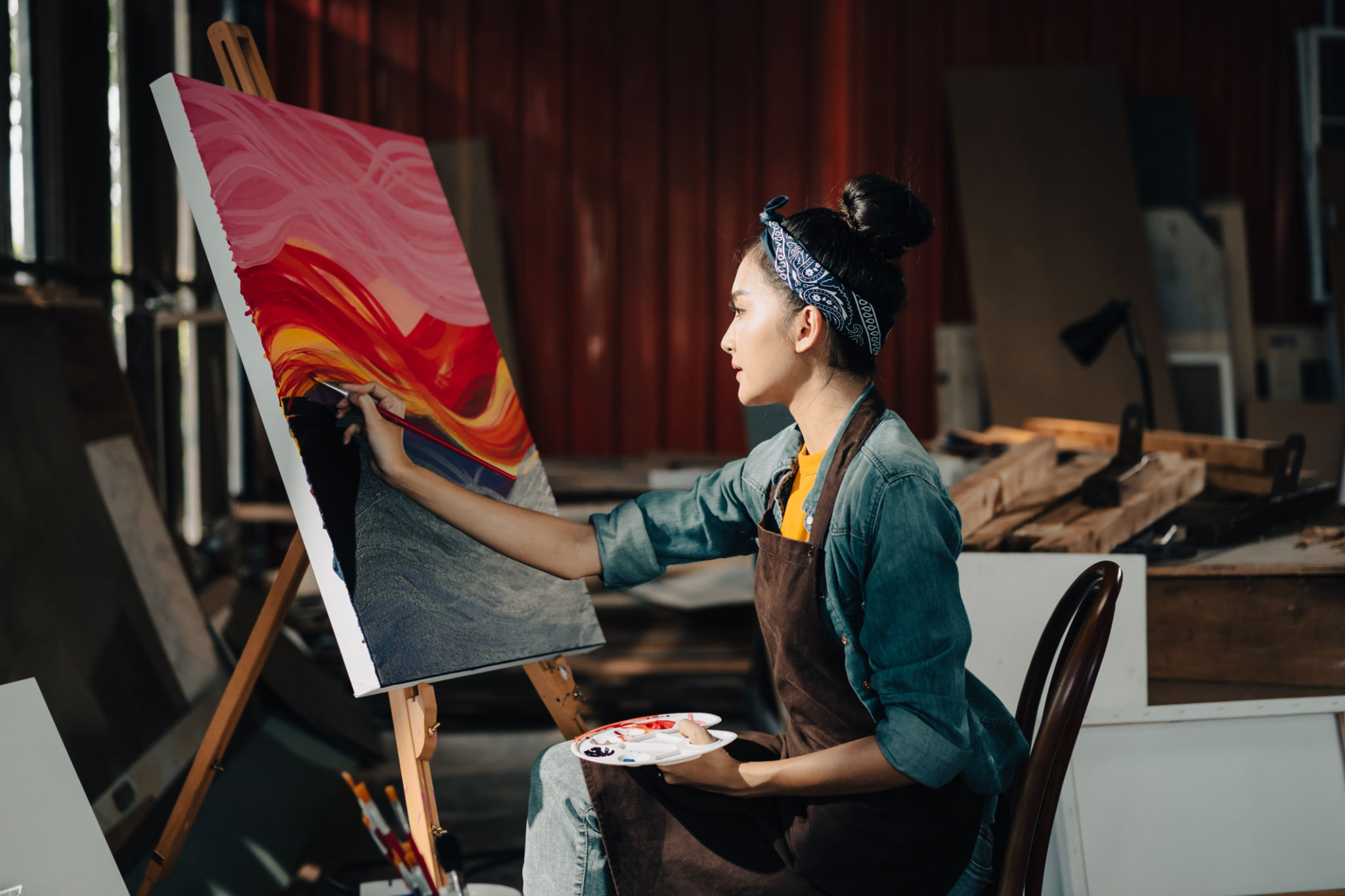Transforming Waste into Masterpieces: Upcycling Waste into Art Pieces in Asia
The Rise of Upcycling Art in Asia
In recent years, Asia has witnessed a remarkable transformation as artists are turning waste into stunning art pieces. This innovative approach, known as upcycling, not only promotes environmental sustainability but also showcases the creative prowess of artists across the continent. Upcycling art serves as a powerful reminder of the potential beauty hidden within discarded materials.

The Environmental Impact
As the global population continues to grow, so does the amount of waste produced. Asia, being home to some of the world's largest cities, faces significant waste management challenges. Upcycling offers a sustainable solution by reducing the volume of waste that ends up in landfills. By converting waste into art, artists contribute to a more sustainable future and encourage others to rethink the value of discarded materials.
Furthermore, upcycling helps in conserving resources. Traditional art materials often require significant energy and raw materials for production. By using waste, artists reduce the demand for new materials, thus minimizing their environmental footprint.
Inspirational Upcycling Artists in Asia
Across Asia, numerous artists are gaining recognition for their innovative use of waste in their artworks. In Japan, for instance, artists like Haroshi create intricate sculptures using discarded skateboard decks. In India, Ankon Mitra transforms used paper and cardboard into mesmerizing installations that captivate audiences worldwide.

In the Philippines, Leeroy New is known for his large-scale installations made from plastic waste. His work not only highlights the issue of plastic pollution but also demonstrates how waste can be repurposed into visually striking pieces.
Community Engagement and Education
Upcycling art is not just about individual creativity; it also plays a crucial role in community engagement and education. Many artists conduct workshops and exhibitions that educate the public about the importance of sustainability and creative reuse. These events often inspire participants to start their own upcycling projects, fostering a culture of environmental consciousness.
For example, in Thailand, the "Trash to Treasure" initiative organizes community workshops that teach residents how to turn everyday waste into functional and decorative items. Such initiatives not only empower individuals but also strengthen community bonds through collective creativity.

The Economic Benefits of Upcycling
Beyond environmental and social impacts, upcycling also offers economic benefits. By creating demand for repurposed materials, upcycling artists stimulate local economies and provide new opportunities for artisans and craftsmen. Additionally, unique upcycled artworks often attract tourists and collectors, further boosting local economies.
Many galleries and online platforms now specialize in upcycled art, providing artists with a platform to showcase and sell their work. This growing market not only supports artists financially but also encourages more people to explore upcycling as a viable artistic endeavor.
The Future of Upcycling Art
The future of upcycling art in Asia looks promising as more individuals and organizations recognize its potential. With increasing awareness about environmental issues and a growing appreciation for sustainable practices, upcycling art is poised to become an integral part of the contemporary art scene.
In conclusion, transforming waste into masterpieces is more than just an artistic trend; it is a movement that challenges traditional perceptions of waste and celebrates the transformative power of creativity. As upcycling continues to gain momentum across Asia, it will undoubtedly inspire future generations to embrace sustainability in all aspects of life.